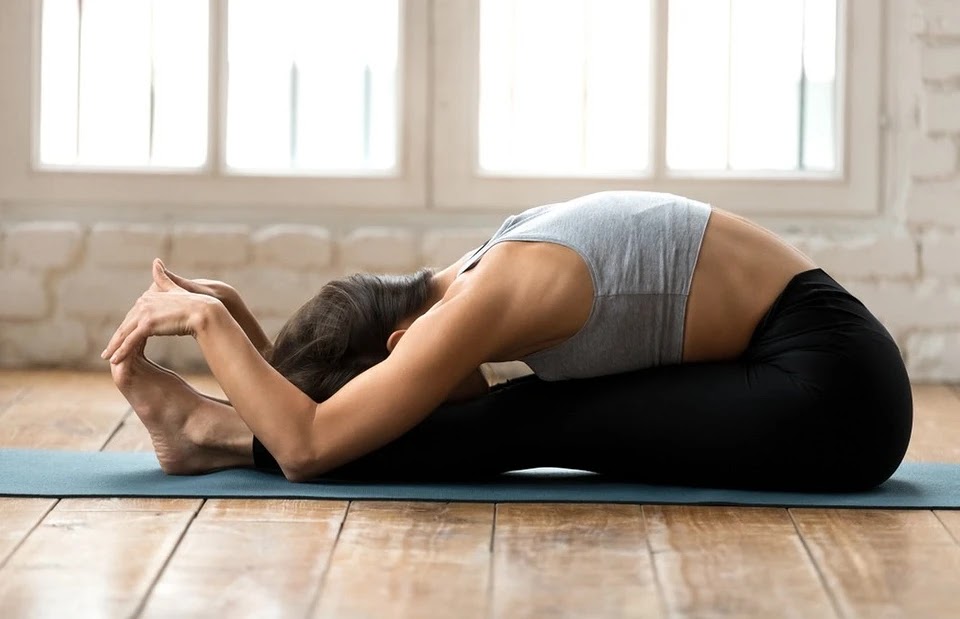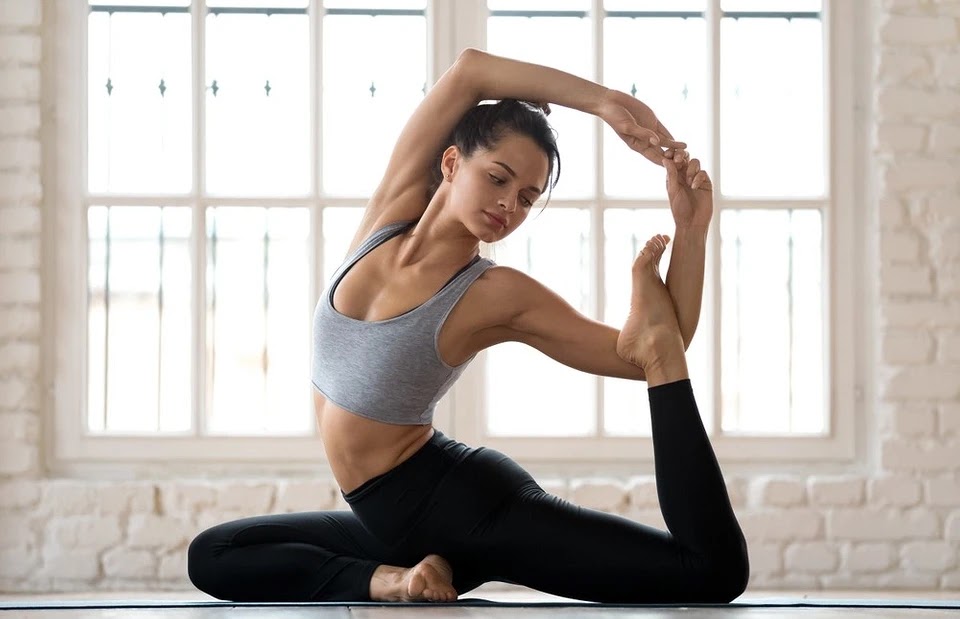When your back hurts, it is recommended to reduce physical activity, but you cannot completely refuse it. We have collected the main rules and techniques of yoga for the back and spine for beginners and experienced - this direction is one of the most effective for relieving discomfort.
Yoga is the oldest system of improving the human body and spirit. In different versions, asanas can be strong and dynamic, as well as soft and fluid. Accordingly, the effect will be different with different implementation of the complexes.
One of the most common problems that come to yoga is back pain: muscle clamps, pinched nerve, intervertebral hernia or protrusion . And yoga is indeed the best tool for the treatment and prevention of factors that cause pain in the back. We will tell you how yoga for the back and neck will help for beginners and not only.
How yoga can help with back pain
1. This is a gentle practice that helps reduce lower back pain.
2. Yoga strengthens and stretches back muscles that can be tense, which improves mobility.
3. Helps reduce muscle tension, develop flexibility and strength, and improve balance and bone strength. Yoga stretches the back.
4. For lower back pain, yoga can be especially helpful for the muscles that help flex and stabilize the spine.
5. Improves emotional state. Slow movements and constant focus on proper breathing can improve the emotional aspect of back pain, helping to reduce anxiety.
Can home yoga for the spine hurt?
Exercises: yoga for the back and spine (for beginners)
1. Relaxation of fascial tissue and muscles
2. Traction of the spine
3. Horizontal traction is the easiest and most effective.
The fold element (paschimottanasana) is also present in surya namaskara. When tilting the body to the legs, it is important for us to observe a few simple conditions. It is important to go into the fold in the joints, not in the lower back. In general, whether we go into a slope or a deflection, the task here is to build the entire spine from the coccyx to the very top of the head in a straight line. The secret that will help to accomplish this is to stretch all the time for the top of the head in the direction of the body, do not lift the chin and do not wring the neck , and all the inclinations occur precisely in the hip joints.
The position of the hips greatly affects the mechanics of the tilt. In order for the joints to work correctly, it is necessary to wrap the feet a little inward in a crease or a downward facing dog (from Surya Namaskara).
If it is difficult to go into a slope, you can bend your knees. The main thing here is the line of the back, straight from the coccyx to the top of the head. Next, it is important to firmly press the stomach to the front surface of the thigh, as if tightly catching the hips with the ribs, and after that, smoothly straighten the knees, without lifting the stomach from the hips in an inclination.
Horizontal traction is like a half-tilt. The body lines up in a right angle, and the body here must be brought in parallel with the floor. At the same time, the hands continue the lines of the body and stretch forward.
What to look for:
- Feet hip-width apart, clubfoot
- knees can be gently bent
- Tilt in the hip
- A straight line from the coccyx to the top of the head, the gaze is directed to the floor in front of you
- Shoulders push down from ears
- Head between shoulders
- We push the pelvis back, and with our hands we stretch forward






0 Comments